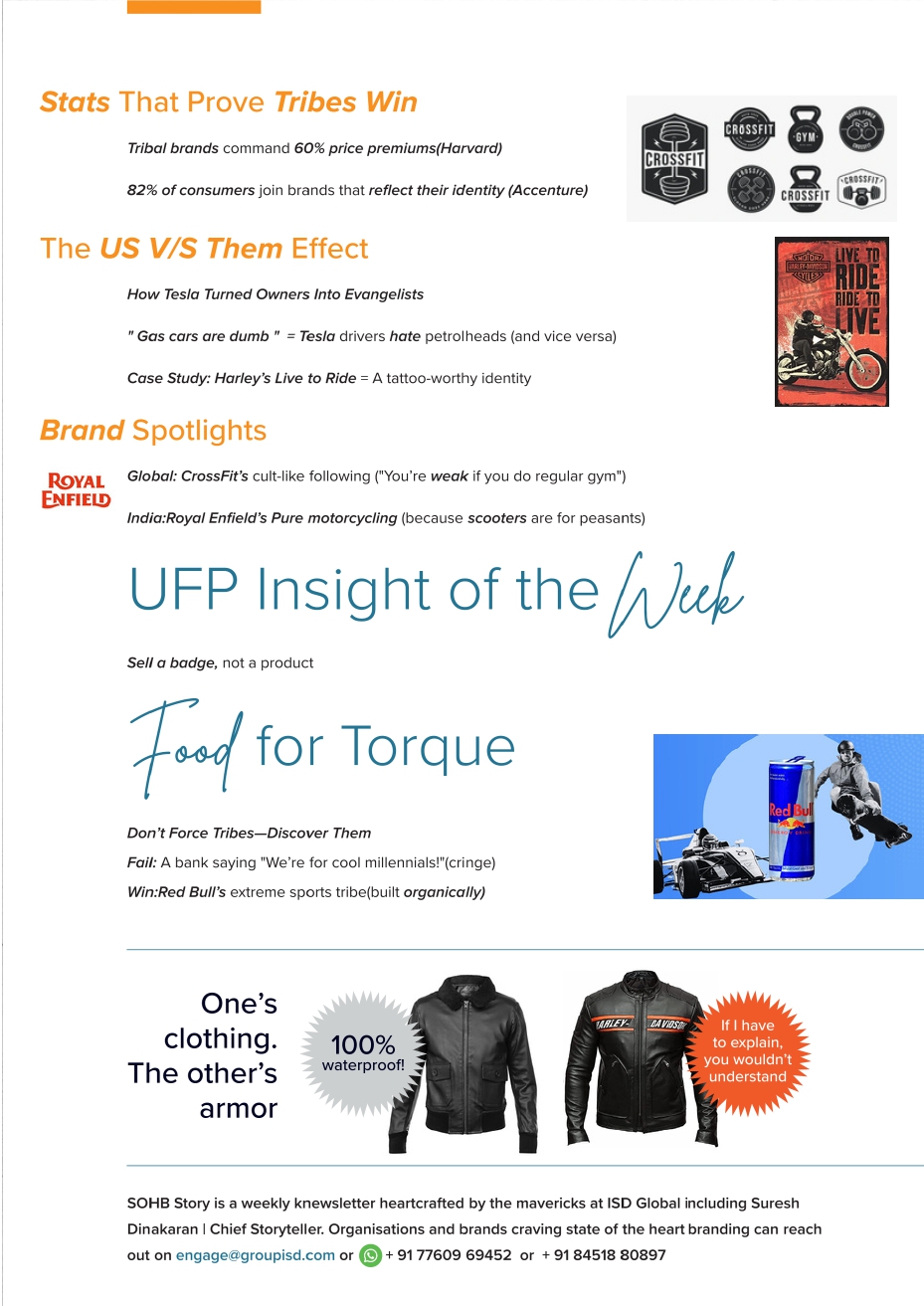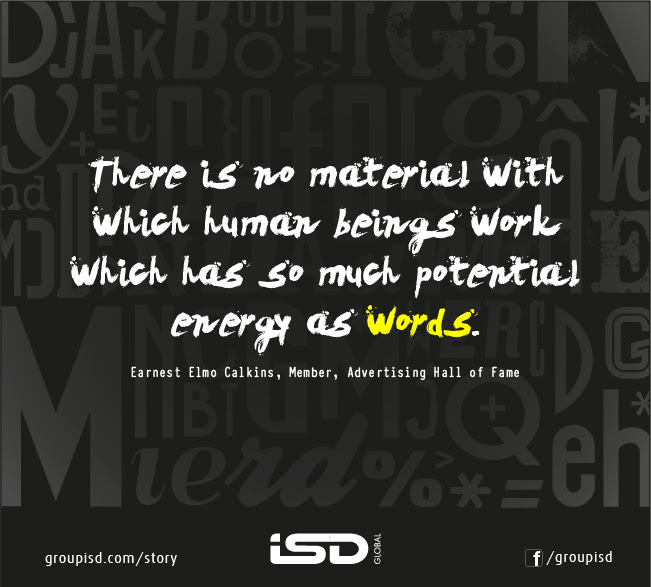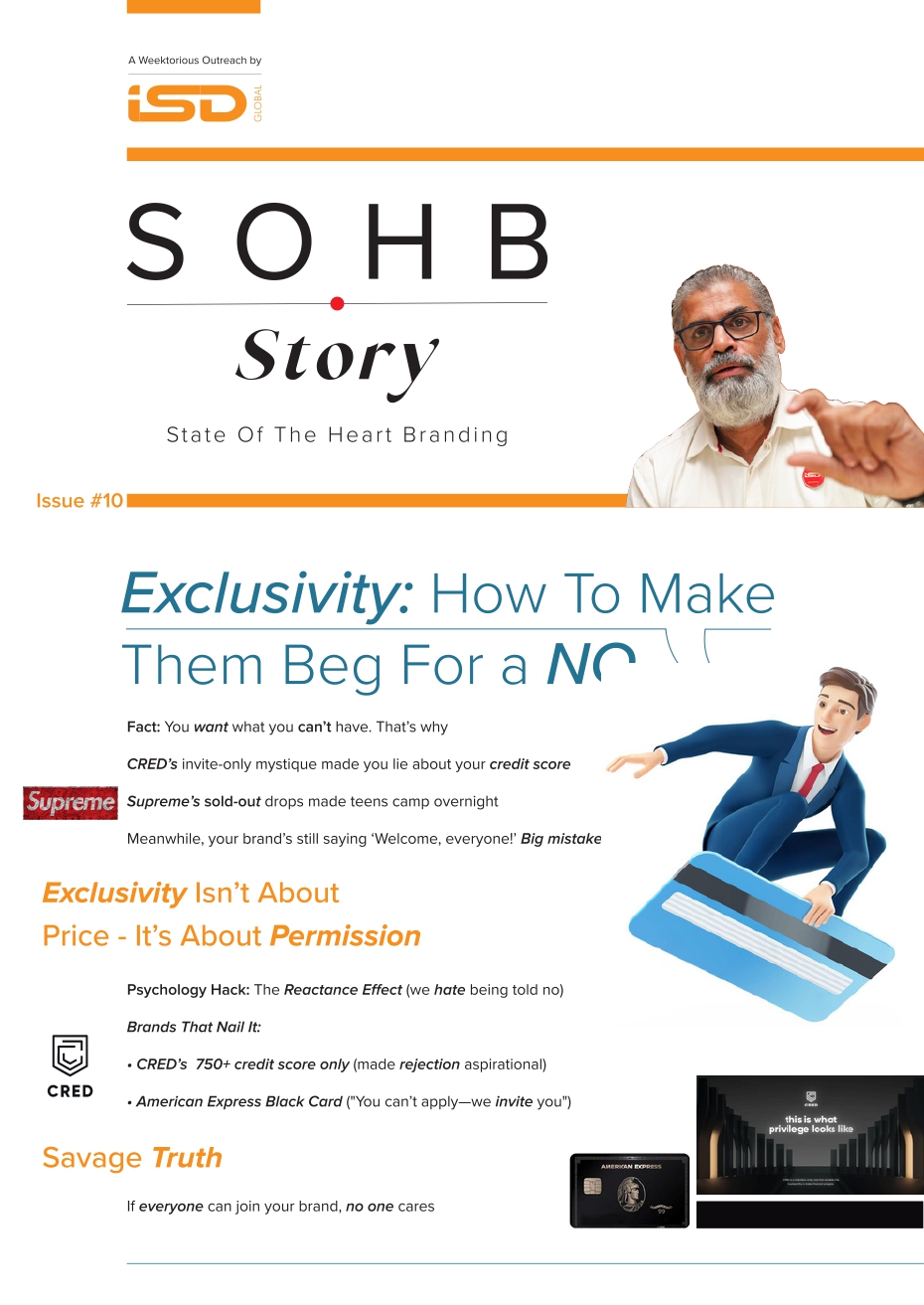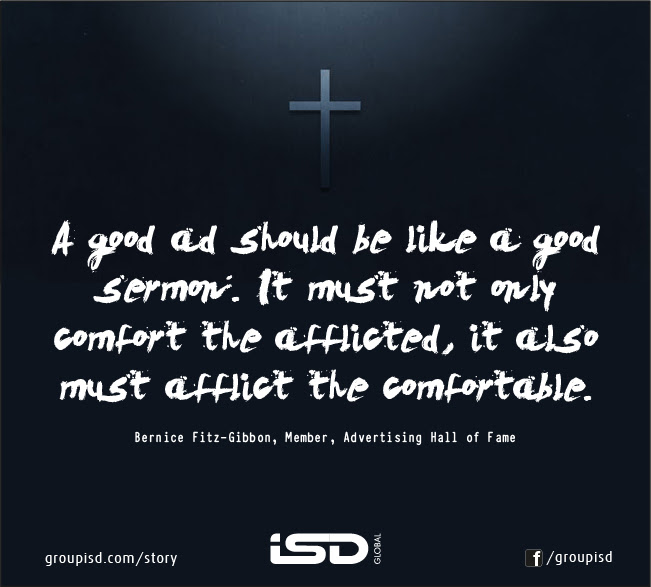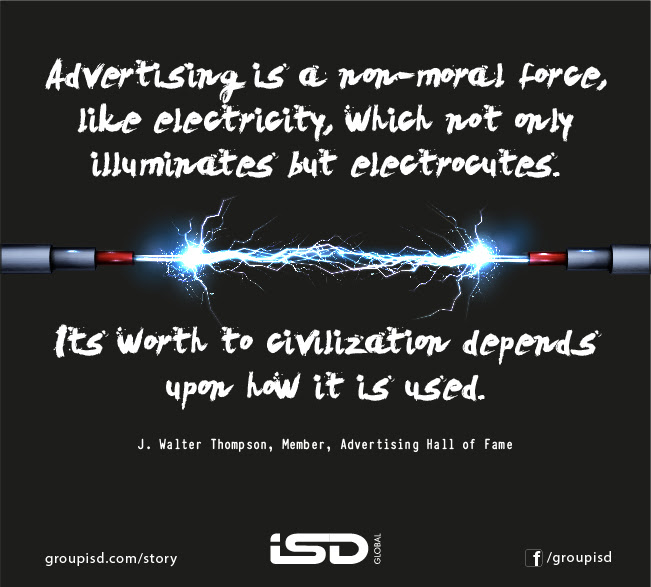At one of our recent C Suite Leaders Meet that our organisation ISD Global curates every three to four months both in Dubai and India, a very accomplished and senior leader came up to me and whispered ” Everything here is optimised for output. But nothing here is designed for imagination “. She sounded more than a bit disappointed at the mindset prevalent in her organisation. This came at the end of my fireside chat that I had with brand guru Harish Bijoor where we tossed the conversation around Unmarketable is the New Unforgettable for brands and the need for today’s CEO to be actually a Chief Emotion Officer, at home delivering goosebumps for his customers as much as being on the slippery slope of stakeholder inquiry.
Odd as it might sound, but let me tell you there is some science behind this and where it gets scientifically fascinating: companies, like brains, can rewire themselves. But optimisation thinking creates neural pathways that strengthen existing connections. Imagination thinking creates entirely new neural networks.
Optimization asks: “How can we do this 10% better?” Imagination asks: “What if this didn’t need to exist at all?”
Consider Zoom’s approach during the pandemic. While other video conferencing platforms optimized for enterprise features and security protocols, Zoom imagined a world where a grandmother could host her birthday party with family across six continents—and make it as simple as clicking a link.
Result: Zoom became a verb.
And why this matters more than ever is because in a world where AI algorithms can churn out mass content, factories can spit out identical products by the million, and quarterly targets devour creativity—output obsession is a disease. Brands that confine themselves to rigid metrics inevitably trade soul for spreadsheets. Meanwhile, those who dare to design for imagination unlock new realms of innovation, emotional connection, and long-term growth.
Some of the wake-up calls most of us would instantly identify with include – Remember Kodak? Optimizing output meant cranking out film rolls at scale—but they ignored the imaginative leap into digital photography. Result? Extinction.
Or think of Nokia—masters of efficiency and output, they missed the smartphone imagination wave and lost billions.
These are cautionary tales screaming: Output without imagination kills relevance.
The output trap is where efficiency eats into your soul. Look around. The corporate world is drowning in a sea of sameness. Which is the reason why we get generic mission statements that sound like AI calibrated horoscopes. ” Disruptive” campaigns that disrupt nothing but attention spans. Vanilla branding that blends into the background like elevator music
Amul succeeded not because they churned out more butter faster but by injecting imagination into every ad, every product tweak, every community initiative—turning a brand into a cultural ethos.
Apple famously trades incremental output for revolutionary products. The iPhone wasn’t about producing a better phone faster; it was about reimagining communication itself.
Tesla does not obsess over conventional car production volumes; it fuels imagination to redefine electric mobility and energy storage.
Zomato evolved from being a delivery app optimized for output to a lifestyle ecosystem designed with imaginative user experiences and hyper-personalization.
Let us not overlook the fact that mediocrity is fully booked.
If the word “innovation” shows up more on your PowerPoint than it does in your product or process — you’re not innovating. You’re powerpointing.
And if your team spends more time measuring performance than imagining possibility, then congratulations — you’re in the business of producing outputs, not creating breakthroughs.
Imagination doesn’t need a massive R&D budget. It needs audacity, permission, and a healthy disrespect for “the way things have always been done.”
Output is Linear. Imagination is Liminal.
Zerodha reimagined stockbroking from a geek’s garage. boAt turned earphones into fashion statements. Phool.co turns temple waste into luxury incense and leather substitutes. Paper Boat imagined nostalgia as a drinkable asset class. Netflix designed for imagination. Airbnb imagined homes without hospitality degrees. Patagonia imagines capitalism with conscience.
Permit me a bit of purposeful provocation here. As a brand or organisation do you punish failures or reward bold hypothesis? Are your processes designed to sustain status quo or provoke surprise?
Imagination is a strategy and dare I add, the next big competitive advantage.
In a world where AI can optimise faster than any human, your only unfair advantage is imagination. You don’t outspend your competition. You out-dream them. You don’t outproduce the market. You outimagine it.
In the see-saw between output and imagination, imagine what the iconic management guru Tom Peters would have asked us to accomplish: KPIs & OKRs to Wild Cards and What Ifs; ROI(Return on Investment) to ROE(Return on Enchantment); Design Thinking Workshops to Design Thinking Retreats; Customer Feedback to Customer Daydreams; Market Fit to Meaning Fit; Productivity tools to Possibilities Jam.
Cross-Pollinate Ideas aka Borrow from other industries, cultures, even failures, to spark imagination.

Some food for torque to unleash imagination. Do Nothing, Pause for Thoughtlessness. If your calendar has no white space, your mind has no blue sky. Accept that fact that the boardroom can accommodate fiction. Let leaders read and pitch sci-fi ideas. Do you think Metaverse was born from an Excel Sheet? Turn hierarchy on its head. Let interns and juniors break your business model. Calibrate an imagination budget– no ROI expected. Only ROFL| WTF & OMG.
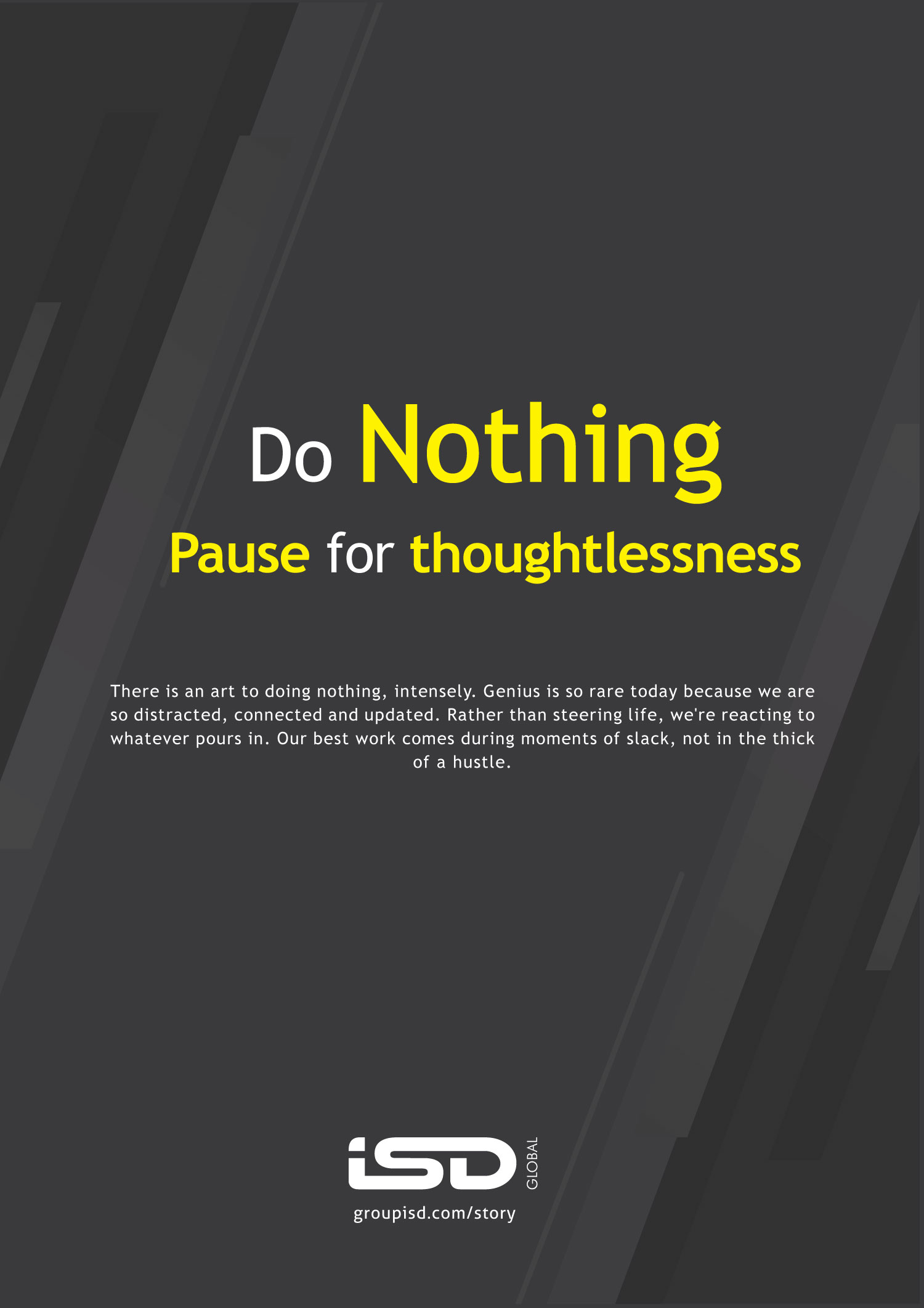
We should forever be asking: What’s Your Brand’s ROE – Return on Enchantment? Because while you are busy measuring output, the world is actually seeking awe. Because the question isn’t how much output you can produce. It’s how much wonder you can unleash.
And as we conclude, some truth be told, inconvenient as it may seem:
If you’re hiring only for skill, not for curiosity, you’re building a robot farm.
If your brainstorms are just “action items in disguise,” call them what they are: meetathons.
If your brand decks use more words like “scale” than “soul,” you’re scaling sameness.
In conclusion, here’s the core provocation: “Are you Optimising for Output or Designing for Imagination?” Ready to torch some tired templates? Let’s go.


